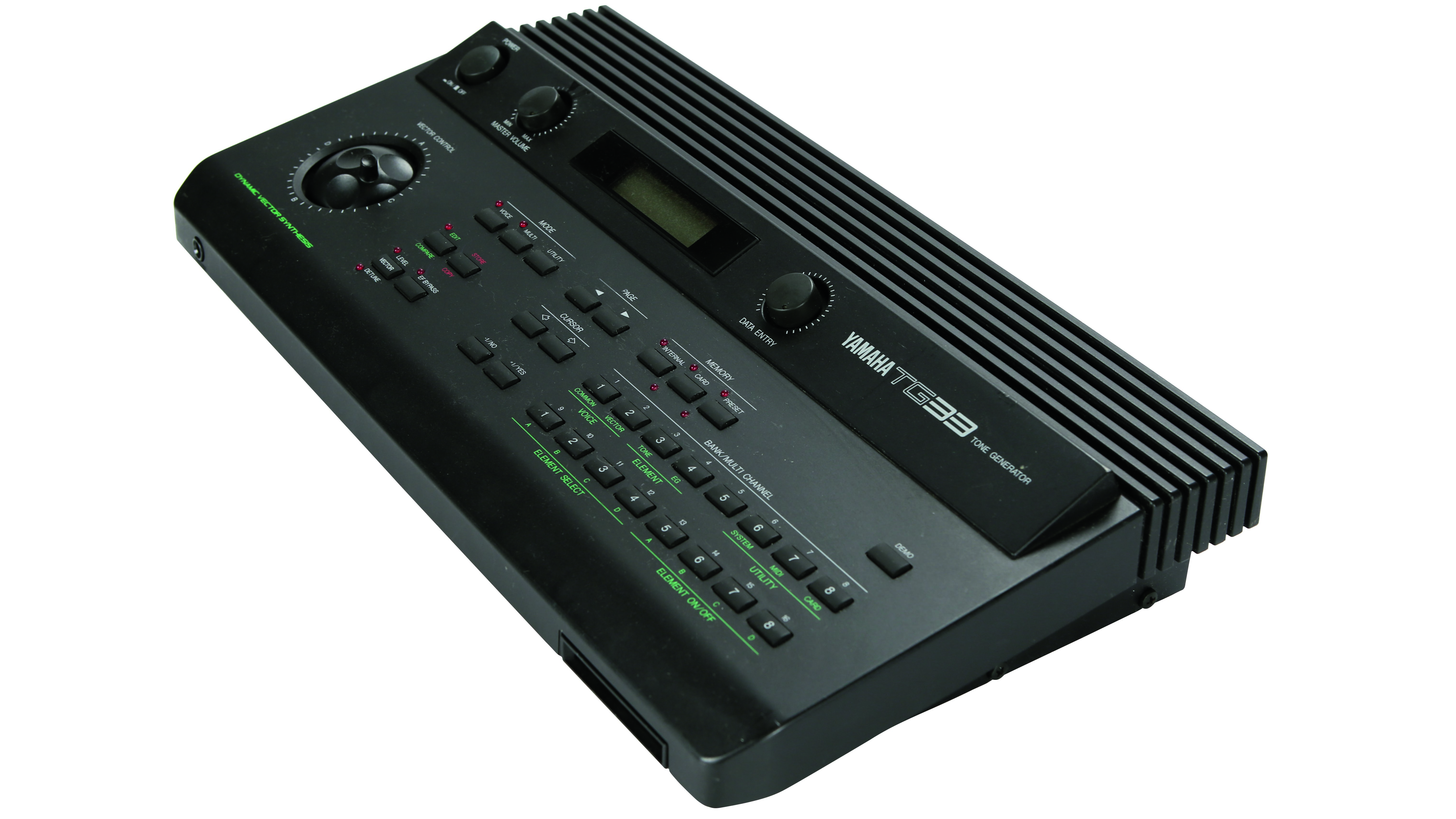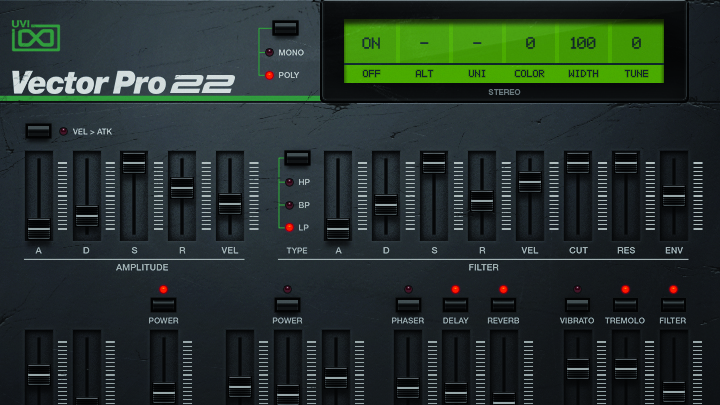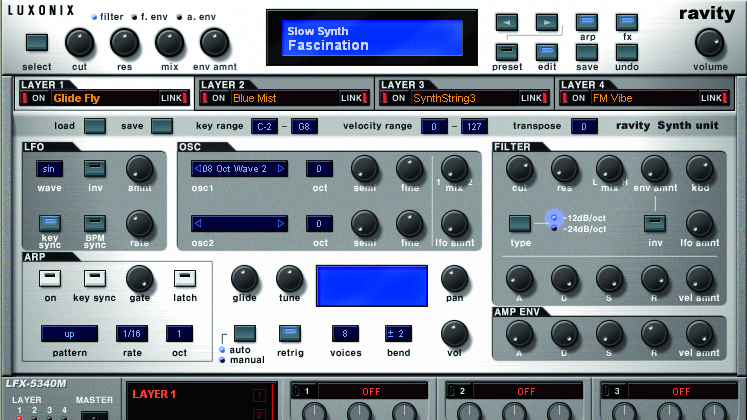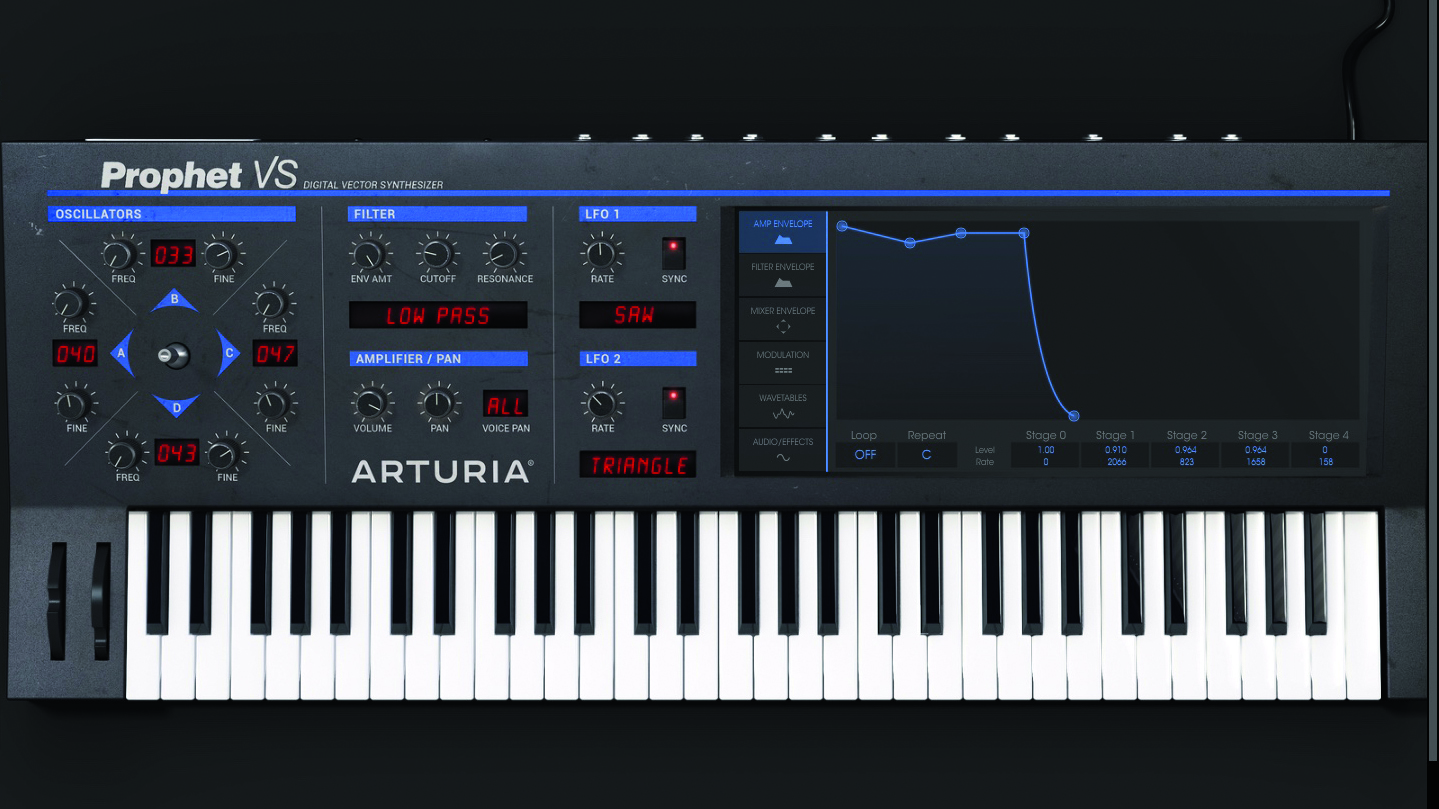Blast from the past: Yamaha SY22/TG33
From the dying embers of a pioneering company was born a bizarre, budget hybrid that only now is being appreciated for its unique sonic potential and ease of use

The story of Yamaha’s brief foray into vector synthesis is likewise a story of the demise of one of the greats – Dave Smith’s Sequential Circuits, the company that begat the legendary Prophet-5 polysynth.
Sequential had ridden high on the success of the Prophet-5, from its release in 1978 through the mid-80s, when a string of low-rent multitimbral instruments sullied the name of the company that had previously been associated with high-end instruments.
Powerful, to be sure, but the cheap build quality and tacky designs of instruments like the MultiTrak and Max instilled little consumer confidence. A last-ditch effort to try to reclaim some of the company’s lustre resulted in a spiffy set of samplers, and an inspiring set of digital waveforms, subtractive synthesis, and vector control, abetted by a joystick in the upper-left corner.
Instantly recognised as a groundbreaking instrument, the Prophet VS arrived a day late and a digit short. Sequential was in trouble in 1986, and simply couldn’t promote the instrument as it deserved. Still, a deal was struck with Yamaha – even if it produced nothing of note during the last year of Sequential’s life. The day after Yamaha bowed out, Korg intervened. Not coincidentally, it was ex-Sequential boffins who came up with the spiritual successor to the Prophet VS in the form of Korg’s Wavestation.
Yet that wasn’t the only phoenix from the ashes. As it went, Yamaha’s involvement with Sequential’s design team had also been fruitful, as shown with their own SY22, released in 1990. A cut-down and somewhat flimsy shell and a diminutive display may have looked more like Sequential’s cheapies of the mid-80s, but the bulbous joystick in the upper-left told the real story – this was a vector synth with real-time crossfading between two or four waveforms. Here, waveforms were drawn from Yamaha’s sample-playback library as well as a super-simplified FM synthesis engine.
As in the Prophet VS and Wavestation, vector synthesis allowed sounds that evolved. Joystick motions could be recorded (to a point) and saved in the patch. A bare-bones instrument, there was an LFO, but filters were oddly absent. The SY22 offered no wavesequencing as on the Wavestation, nor did it even provide an arpeggiator but it did have some effects and could be forced into multitimbral mode.
Thanks to a growing number of MIDI sequencers coming to market at the time, this last bit was probably the SY22’s strong suit, and Yamaha clearly were aware of that when the desktop version came out. Dubbed the TG33, this one ditched the keyboard, but doubled the polyphony to 32 voices and the multitimbral operation to a full 16 MIDI channels. If you’re in the market, this is undoubtedly the one to get, and its steadily rising second-hand prices shows that you’d not be alone in so thinking.
Get the MusicRadar Newsletter
Want all the hottest music and gear news, reviews, deals, features and more, direct to your inbox? Sign up here.
A final attempt to package Yamaha’s version of vector synthesis in keyboard form came in 1992 with the release of the SY35 with more and improved samples. Still, for today’s user, the TG33 represents the most bang-for-the-buck with its extra helping of MIDI channels - and it’ll fit in your backpack.
Three great plugin alternatives

UVI Vector Pro
Dedicated emulations of Yamaha’s vector synthesiser line are pretty much non-existent, but UVI offers one that’s about as close as you’ll get. Ostensibly a virtual realisation of the Prophet VS, the sample-based Vector Pro bundle includes the ‘bonus’ Vector Pro 22, a variation on the theme centred around Yamaha’s SY22.

Sonic Cat Ravity
It’s cheap, it’s cheerful (sort of), and it’s only for 32-bit Windows. Nevertheless, if you have a host capable of running the thing, you’ll find plenty of samples that bear a decided resemblance to Yamaha’s ROMplers of the 1990s. This isn’t going to get you the delightful vector interplay of FM and samples, but Sonic Cat's Ravity will get you halfway there.

Arturia Prophet V
Once again, we come face-to-face with the fact that there are no Yamaha vector synth emulations, so we turn instead to the synthesiser that inspired them, the Prophet VS. We can find a few of those about, most notably as one half of Arturia’s Prophet V, a plugin that combines models of both the Prophet-5 and the Prophet VS.


Computer Music magazine is the world’s best selling publication dedicated solely to making great music with your Mac or PC computer. Each issue it brings its lucky readers the best in cutting-edge tutorials, need-to-know, expert software reviews and even all the tools you actually need to make great music today, courtesy of our legendary CM Plugin Suite.
“Excels at unique modulated timbres, atonal drones and microtonal sequences that reinvent themselves each time you dare to touch the synth”: Soma Laboratories Lyra-4 review
“A superb-sounding and well thought-out pro-end keyboard”: Roland V-Stage 88 & 76-note keyboards review










